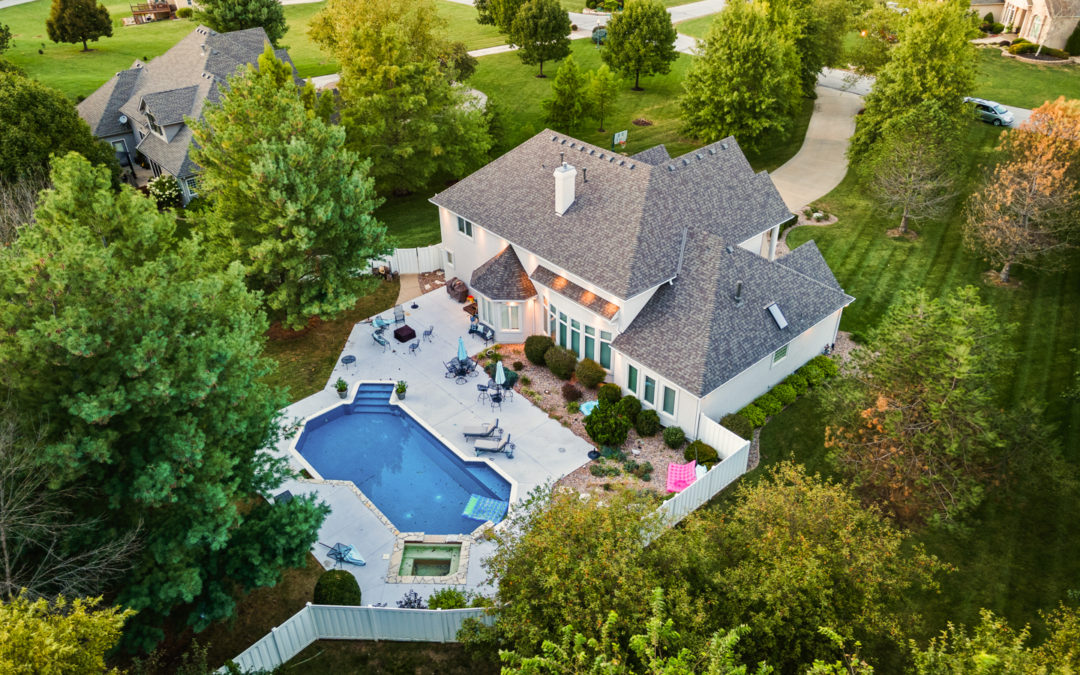Mold is a common concern for homeowners. Mold can grow in damp, dark places and might be found on the roof of your home. It’s important to know what types of materials are most likely to mold so you can take preventive measures before it becomes an issue. This blog post will cover what roofing materials are most likely to mold:
1. Wooden Roofs
Wooden roofs can be found on many types of homes. Oak and pine are two examples of the most popular wood used for roofing materials. While wooden roofing is long-lasting, it’s also susceptible to mold growth if it isn’t properly maintained or treated with a protective finish like varnish or paint. In addition, water damage from rain and snow can seep into cracks in the boards and warp them over time, making your home vulnerable to mold infestation that could lead to costly repairs later down the road. If you live in an area where there may be prolonged periods without precipitation (desert climates), this might not be such an issue so consider your geographic location when choosing a material type.
2. Slate Roofs
Slate roofs are a popular option in many parts of the country. They’re often chosen for their natural beauty and long lifespan. However, slate is also very susceptible to mold growth if it’s not properly sealed and maintained. If you have a slate roof, be sure to check it regularly for any signs of moisture or water damage that could lead to mold growth. Also, make sure that your gutters are clear so water can properly drain off the roof instead of sitting on top and causing problems over time.
3. Metal Roofs
Metal roofs are a popular choice for homes in areas that experience severe weather conditions. This is because they’re solid and durable and can withstand high winds and heavy rains without damage. However, metal is also a common material type that can be prone to mold growth. This is often due to rusting or corrosion of the metal over time which creates tiny pockets of moisture where mold can grow undetected. Therefore, if you have a metal roof, it’s essential to check it regularly for any signs of damage or moisture build-up.
4. Clay Roofs
Clay roofs are a beautiful, natural-looking option that can last for many years. They’re often found in traditional homes and buildings in areas like the Mediterranean and Eastern Europe. However, clay roofing is also susceptible to mold growth if it’s not properly maintained or installed with an adequate drainage system underneath. Water damage from rain and snow will be absorbed by the tiles over time which makes them more likely to warp and crack – creating rust pockets where moisture can accumulate, leading to mold infestations.
In conclusion, it’s essential to know what roofing materials are most likely to mold. This blog post covered some common types that you should be on the lookout for. In addition, even if your roof is not made of one of the roofing materials mentioned above, be sure to check your roof regularly for any signs of rusting or warping, which can lead to mold infestations if left untreated.


Recent Comments